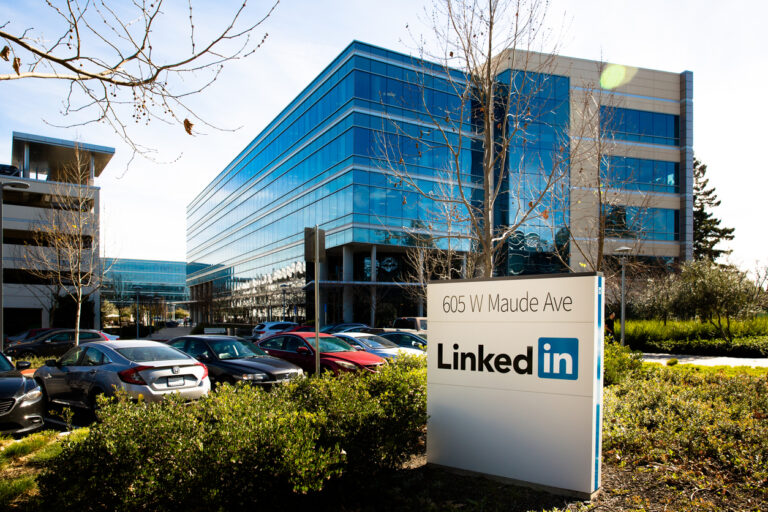LinkedIn had stated in October that it would not allow its employees to work remotely more than 50% of the time when COVID-19 restrictions allow offices to be filled again. Presumably due to pressure from related companies allowing more remote work than that, the employment-oriented organization has followed their lead and will now allow its employees to engage in full-time remote work at that time.
This updated policy will apply to the organization’s 16,000 employees, which are situated throughout the world. However, Teulla Hanson, its chief people officer, added that work cannot be 100% remote as some of its positions do require some in-office work. As a result, a hybrid option will also be made available while a minority of employees may need to work in an office for the entirety of their work shifts.
In addition, those who do return to the office for LinkedIn do not need to be vaccinated against the COVID-19 virus. This is in contrast to companies such as Google and Facebook, which recently announced that their employees would need to get vaccinated.

LinkedIn is following the lead of related companies such as Facebook by stating that a remote employee’s pay will be adjusted based on the cost of living in whichever market they settle down in. As a result, those moving away from the Bay Area, where LinkedIn is headquartered, to work remotely in a place with a much lower cost of living will receive a pay decrease.
It is not just the tech industry that has embraced remote work as it has started spreading elsewhere as well as organizations and employees realize just how many benefits they can both enjoy as a result of this shift, a shift that was initially forced to happen due to the COVID-19 pandemic.
For example, employees enjoy the added flexibility of not only being able to work wherever they wish, but, in many cases, working whenever they want.
Meanwhile, employers both appreciate that productivity increases in general when employees work remotely and being able to cast a much wider geographical net in securing talent to fill open positions.

